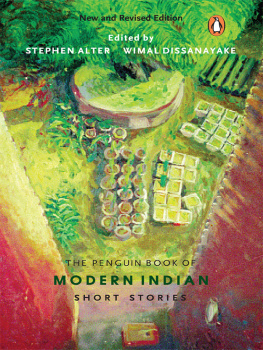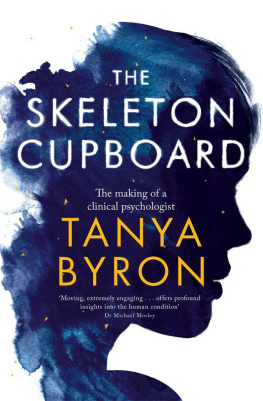Amrita Pritam - Pinjar: The skeleton and Other stories
Here you can read online Amrita Pritam - Pinjar: The skeleton and Other stories full text of the book (entire story) in english for free. Download pdf and epub, get meaning, cover and reviews about this ebook. year: 2014, publisher: Tara Press, genre: Non-fiction. Description of the work, (preface) as well as reviews are available. Best literature library LitArk.com created for fans of good reading and offers a wide selection of genres:
Romance novel
Science fiction
Adventure
Detective
Science
History
Home and family
Prose
Art
Politics
Computer
Non-fiction
Religion
Business
Children
Humor
Choose a favorite category and find really read worthwhile books. Enjoy immersion in the world of imagination, feel the emotions of the characters or learn something new for yourself, make an fascinating discovery.
- Book:Pinjar: The skeleton and Other stories
- Author:
- Publisher:Tara Press
- Genre:
- Year:2014
- Rating:5 / 5
- Favourites:Add to favourites
- Your mark:
- 100
- 1
- 2
- 3
- 4
- 5
Pinjar: The skeleton and Other stories: summary, description and annotation
We offer to read an annotation, description, summary or preface (depends on what the author of the book "Pinjar: The skeleton and Other stories" wrote himself). If you haven't found the necessary information about the book — write in the comments, we will try to find it.
Pinjar: The skeleton and Other stories — read online for free the complete book (whole text) full work
Below is the text of the book, divided by pages. System saving the place of the last page read, allows you to conveniently read the book "Pinjar: The skeleton and Other stories" online for free, without having to search again every time where you left off. Put a bookmark, and you can go to the page where you finished reading at any time.
Font size:
Interval:
Bookmark:
Pinjar
The Skeleton and other stories
Amrita Pritam
Translated and Adapted by
KHUSHWANT SINGH
Tara press
Pinjar
The Skeleton and other stories
Amrita Pritam
Tara press
Flat 6, Khan Market, New delhi 110003
Copyright 1987-2009 Amrita Pritam
English Translation and adaptation by Khushwant Singh
Publication rights 2009 Tara Press, New Delhi
Translated and adapted from the Punjabi by Khushwant Singh
All rights are reserved. No part of this publication may be reproduced, stored in a retrieval system or transmitted, in any form or by any means, electronic, mechanical, photocopy, recording or otherwise without prior written permission of the Publishers.
Printed for Tara Press at Focus Impressions, New Delhi.
Amrita Pritam August 31, 1919 October 31, 2005 A TRIBUTE
In her writing career spanning over six decades, Amrita wrote with words dipped in blood. Hers is a story unforgettable. She wrote from the heart.
Some of her works brought her fame for which she was honoured with the Sahitya Akadami award and the Bharatiya Jnanpith award (the highest Indian honour for Literature). But it was the simplicity of her style and the purity of her thoughts that she stayed a writer for the common person on the streets.
Brought together in this volume are two of the most moving novels by one of Indias greatest women writers. The Skeleton, set against the background of religious and clan feuds on the eve of Partition.
The Skeleton, translated from Punjabi into English by Khushwant Singh, is memorable for its lyrical style and the depth in her writing. Amrita Pritam portrays the inmost being of the novels complex characters.
That Man is a compelling account of a young man born under strange circumstances and abandoned at the altar of God.
Amrita Pritam, recipient of the Jnanpith Award - Indias most prestigious literary prize, for her Kagaz Te Canvas (Punjabi), Sahitya Akademi Award, Padma Shri and many other such honours, wrote for the common people in Punjabi and was known for her simplicity and purity of thought. Where she wrote the acclaimed and laurels winning Pinjar or the Raseedi Tikat, she also wrote the thrilling Doctor Dev, Kore Kaagaz (blank pages) and Unchaas Din (49 days).
Essentially a poet, she has several novels and collections of short stories to her credit and in total penned 28 novels, 18 anthologies of prose, five short stories and 16 miscellaneous prose volumes. Much of her writing has been translated into English, Hindi and some European languages.
Soon, you will see most of her works in this imprint (Tara Press) within the next two-three years and we hope you will enjoy her writings as much as we have enjoyed collecting them for you.
Anuj Bahri (Publisher)
In this Collection
Pinjar (the Skeleton)
That Man
Aj aakhan Waris Shah nun,
kiton kabraan vichchon bol,
Te aj kitab-e-ishq daa koi agla varka phol
Ik roi si dhi Punjab di,
tun likh likh maare vaen,
Aj lakhaan dhian rondian, tainun Waris Shah nun kaehn
Uth dardmandaan dia dardia,
uth takk apna Punjab
Aj bele lashaan bichhiaan
te lahu di bhari Chenab

Today, I call Waris Shah,
Speak from your grave
And turn today,
the book of loves next affectionate page
once, a daughter of Punjab cried
and you wrote a wailing saga
Today, a million daughters, cry to you,
Waris Shah Rise!
O narrator of the grieving; rise! look
at your Punjab Today,
fields are lined with corpses,
and blood fills the Chenab.

Pinjar (The Skeleton)
THE SKY WAS colourless grey. Pooro sat on her haunches with a sack spread beneath her feet. She was shelling peas. She pressed open a pod and pushed out the row of peas with her finger. A slimy, little slug stuck to her thumb. She felt as if she had stepped into a cesspool; she clenched her teeth, flicked off the slug and rubbed her hands between her knees.
Pooro stared at the three heaps in front of her; the empty husks, thepods, and the peas she had shelled. She put her hand on her heart and continued to look vacantly into space. She felt as if her body was a peapod inside which she carried a slimy, white caterpillar. Her body was unclean. If only she could take the worm out of her womb and fling it away! Pick it out with her nails as if it were a thorn! Pluck it off as if it were a maggot or a leech !
Pooro stared at the blank wall facing her. Memories of the days past came crowding into her mind.
Pooro belonged to a family of money-lenders of Chatto village. Although they had given up money-lending for some generations, they continued to be described as sahukars. They had seen bad days and at one time been compelled to sell their kitchen utensils on which the names of their forefathers were engraved. Pooros father and uncle could not bear any more disgrace. They left the village and went to Thailand. There the wheel of fortune turned in their favour. At that time Pooro was a little girl of nine. Besides her, there was a baby boy still in his mothers arms. Then her father came back, cleared the mortgage on the house (the capital and compound interest were more than the price of a new house), saved his ancestral home from attachment by creditors and so wiped off the disgrace. He sold whatever grain and fodder he had raised on his land and returned to Thailand. But this time he left behind a home the family could call its own and a name it could be proud of. When he returned to the village the next time, Pooro was fourteen years old. There was also her younger brother and succeeding him, three younger sisters. Her mother was expected her sixth child.
The first thing Pooros parents did on their return to Chitto was to find a young man the son of a well-to-do family in the neighbouring village, Rattoval for the hand of their daughter. Pooros mother only awaited the birth of her own new baby. As soon as she had had her ritual bath, she planned to arrange her daughters wedding. Pooros parents were resolved to lighten themselves of the burden of a daughter.
Pooros fianc was both handsome and intelligent. His parents owned the only house in the village which had a penthouse of solid bricks; it had the word Om inscribed on the balcony. They also owned three buffaloes. Pooros father presented the boys parents with five silver rupees and a piece of sugar candy and so booked him for his daughter. In those days it was customary amongst the Hindus of the region to make matrimonial exchanges, so despite the fact that Pooros brother was barely twelve, he was engaged to her fiances sister, who was a small child.
Pooros mother had had three daughters in succession with only two years betseen them. She had had enough daughters, and now that fortune was smiling on them once again and they had plenty to eat and sufficient to wear, she wished that her next child should be another son. She had offered prayers to the Holy Mother. The women of the village brought cowdung and made an idol in her courtyard. They covered the head of the idol with a bright, red veil bordered with gold, and pinned a tiny gold nose-stud in its nostril. All of them changed in chorus.
Holy Mother, be cross when you come!
Holy Mother, be happy when you go!
The village folk believed that it was the Holy Mother who determined the sex of a new-born child. If she was gay and full of laughter, it implied that she was on good terms with her husband. In that case she would quickly make a girl-child and rush back to her spouse. On the other hand, if she were in a sullen mood, it implied that she had quarreled with her husband and would be in no hurry to get back to him. Shewould then stay a long time and patiently make the child into a boy. The women repeated their chant:
Next pageFont size:
Interval:
Bookmark:
Similar books «Pinjar: The skeleton and Other stories»
Look at similar books to Pinjar: The skeleton and Other stories. We have selected literature similar in name and meaning in the hope of providing readers with more options to find new, interesting, not yet read works.
Discussion, reviews of the book Pinjar: The skeleton and Other stories and just readers' own opinions. Leave your comments, write what you think about the work, its meaning or the main characters. Specify what exactly you liked and what you didn't like, and why you think so.

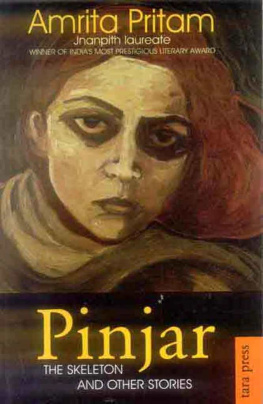
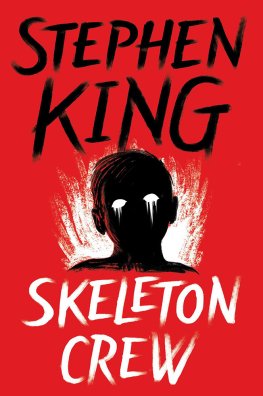
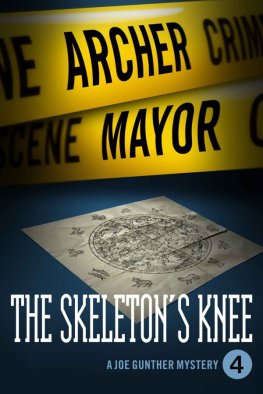

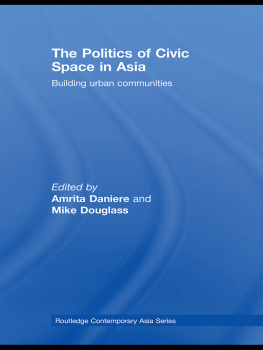
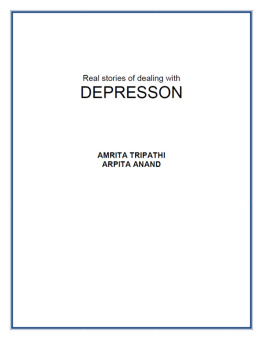


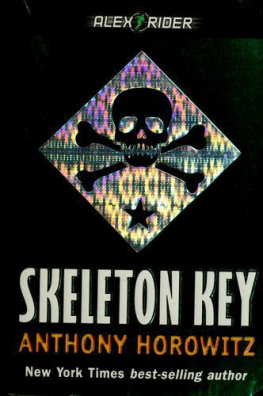
![Geeta [Geeta] - Amrita Sher Gil: A Painted Life](/uploads/posts/book/114260/thumbs/geeta-geeta-amrita-sher-gil-a-painted-life.jpg)

